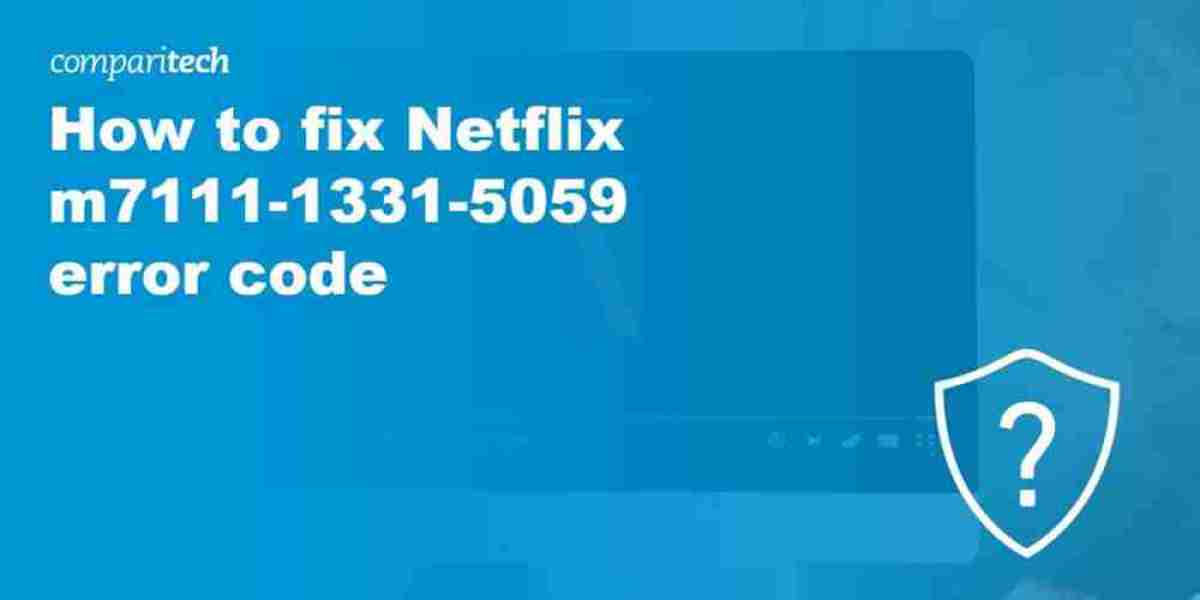The sparkling wine industry, while experiencing notable growth and innovation, faces a range of challenges that could impact its trajectory in the coming years. From navigating complex regulatory barriers to managing market saturation, and adapting to changing consumer preferences, these challenges require strategic approaches to maintain competitiveness and growth. This article explores the key challenges the sparkling wine market is currently facing and how brands are navigating them.
Regulatory Barriers
1. Complex Global Regulations
The sparkling wine industry operates within a highly regulated environment, particularly when it comes to import-export laws, taxation, and quality standards. In Europe, the production of Champagne is governed by strict regulations set forth by the Appellation d'Origine Contrôlée (AOC), which outlines the geographic regions and production processes that must be followed to use the "Champagne" name. Similarly, Prosecco in Italy and Cava in Spain are subject to local and international regulations that limit production methods and distribution areas.
These regulations are crucial for maintaining the quality and integrity of the product but also present significant barriers to entry for new producers and expansion efforts in international markets. Brands aiming to enter new regions must comply with local rules and taxes, which can be a time-consuming and costly process.
2. Labeling and Environmental Regulations
As the demand for sustainable and organic products grows, the regulatory framework around wine labeling has become more complex. Many countries now require producers to disclose detailed information about their environmental impact, including packaging and carbon emissions. Regulations surrounding organic certification and sustainable farming practices are increasingly stringent, which can be challenging for producers who want to align with these trends but lack the resources to meet regulatory standards.
Moreover, international trade agreements can impact the ability to market sparkling wines across borders, especially when it comes to labeling claims such as “organic” or “sustainable.” These regulatory barriers often require investment in compliance and certification processes, adding another layer of complexity to the production and distribution chain.
Market Saturation
1. Increased Competition from Both Established and New Players
The sparkling wine market has experienced significant growth, but as demand rises, so does competition. Market saturation is becoming a notable concern, particularly in mature markets like Europe and North America. Established brands, such as Moët & Chandon, Veuve Clicquot, and Freixenet, dominate the high-end market, while Prosecco and Cava have carved out a significant share of the more affordable segment.
New entrants, both large and small, are continuously launching their products, adding to the already crowded market. This oversupply can lead to price wars, diminished brand loyalty, and a struggle for visibility among consumers. Smaller, boutique wineries face particular challenges as they fight for shelf space and market share, often against larger, well-established brands with greater marketing budgets and distribution networks.
2. Price Sensitivity and Consumer Demand for Value
As competition intensifies, many sparkling wine producers are feeling pressure to lower prices to remain competitive. However, price sensitivity among consumers, particularly in emerging markets, means that producers are challenged to deliver quality sparkling wine at affordable price points without compromising on quality or profitability. Value for money has become a significant factor influencing consumer purchasing decisions, especially as more budget-friendly alternatives like Prosecco and Cava gain popularity.
Brands in the premium segment are particularly impacted by market saturation, as consumers may opt for more affordable or accessible options. This has led to premium brands expanding their portfolio to include lower-priced offerings or exploring different product lines, such as non-alcoholic sparkling wines, to attract a broader customer base.
Consumer Preferences
1. Shift Toward Health-Conscious Choices
Today’s consumers are more health-conscious, and this shift is influencing the sparkling wine market in several ways. A growing segment of consumers is opting for low-alcohol or non-alcoholic sparkling wines as part of their wellness-driven lifestyle. These consumers are looking for beverages that offer a celebratory experience without the drawbacks of alcohol consumption. Sparkling wine producers are responding by expanding their product lines to include these options, but the challenge lies in balancing consumer expectations of taste and quality with lower alcohol content.
Additionally, the demand for low-sugar or sugar-free sparkling wines is rising as consumers become more aware of the health impacts of added sugars. This trend is creating a new market segment but also requiring producers to reformulate their offerings, which may affect taste profiles and production costs.
2. Demand for Sustainability and Ethical Practices
Modern consumers, especially Millennials and Gen Z, are increasingly seeking products that align with their values, particularly when it comes to sustainability and ethical sourcing. Consumers are looking for brands that support organic farming, use eco-friendly packaging, and adhere to ethical practices throughout their production processes. Sparkling wine producers must therefore invest in sustainable agriculture, recyclable packaging, and energy-efficient production techniques to remain competitive in an industry where sustainability is no longer just a trend but an expectation.
Brands that fail to address these demands may face consumer backlash and lose market share to more sustainable alternatives. As sustainability regulations tighten globally, producers who are proactive in their environmental efforts will likely gain an edge in the market.
3. Customization and Personalization
Consumers today expect more personalized experiences in their purchasing journey. In the sparkling wine market, this trend is manifesting in the growing demand for custom bottles, limited-edition releases, and personalized labels for special occasions like weddings, anniversaries, and corporate events. Brands are responding by offering bespoke products and direct-to-consumer services that cater to this desire for individuality.
While this trend can drive customer loyalty and engagement, it also requires significant investments in product customization, inventory management, and marketing. Additionally, the need to balance mass production with personalization can pose logistical and operational challenges for wineries.
Navigating These Challenges
To navigate these challenges, sparkling wine producers must adopt agile business models and stay ahead of evolving consumer trends. Key strategies include:
Diversification of Offerings: Expanding product portfolios to include health-conscious alternatives, sustainable packaging, and lower-priced options to capture a broader audience.
Embracing Sustainability: Proactively investing in sustainable practices and ensuring that eco-friendly initiatives are integrated into production, packaging, and distribution.
Enhancing Consumer Engagement: Focusing on personalized experiences, building brand loyalty through digital platforms, and leveraging e-commerce for direct-to-consumer sales.
By addressing regulatory complexities, market saturation, and shifting consumer preferences, sparkling wine brands can effectively navigate the challenges they face and continue to thrive in an increasingly competitive marketplace.




